Difference or Disorder? Understanding Speech and Language Patterns in Culturally and Linguistically Diverse Students
$49.99
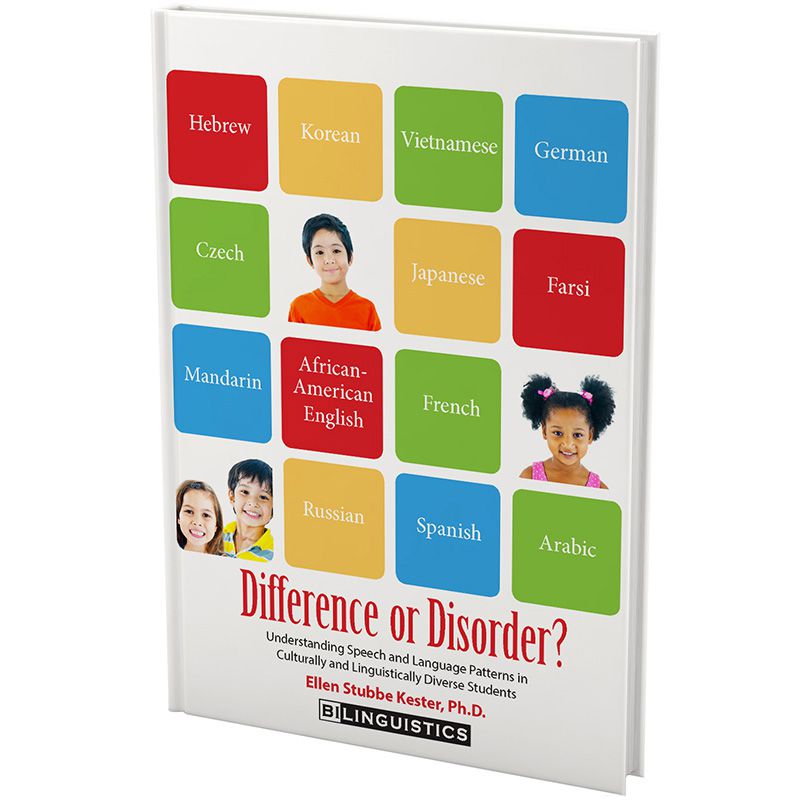
Rapidly identify speech-language patterns related to second language acquisition to distinguish difference from disorder. 12 languages and AAE included!
Plus - 3 Bonuses for Buying Difference or Disorder here:
Your purchase enables us to do more research and produce more great materials. We wanted to say thank you so purchase here and additionally get the 35-page e-book 9 Steps to Conducting an Evaluation and two infographics to locate all the information you need on the languages you work with and the steps to choose articulation targets.
Take a Look:
12 reviews for Difference or Disorder? Understanding Speech and Language Patterns in Culturally and Linguistically Diverse Students
Determining whether a student’s speech and language errors result from influences from their native language or whether they are indicative of speech or language impairment is a challenge many educators face. One in every five children in the United States comes from a home in which English is not the primary language. In this book, we compare and contrast English with 12 other languages and African-American English. The information is laid out in charts and diagrams to facilitate the decision-making process about student needs.
Our goals are to:
- Help teachers know when a referral is needed
- Equip speech-language pathologists with information they need to accurately analyze speech and language samples
- Get students the support they need
- Reduce disproportionate referrals of culturally and linguistically diverse students for special education services
The development of this book stemmed from the needs of a group of speech‐language pathologists evaluating the speech and language skills of children from many different linguistic and cultural backgrounds. The framework used to distinguish language differences from language disorders is beneficial for all educators, and the use of this framework will result in improved instructional targets for culturally and linguistically diverse students in the general education classroom, as well as more appropriate referrals for special education evaluations.
Need CEUs?

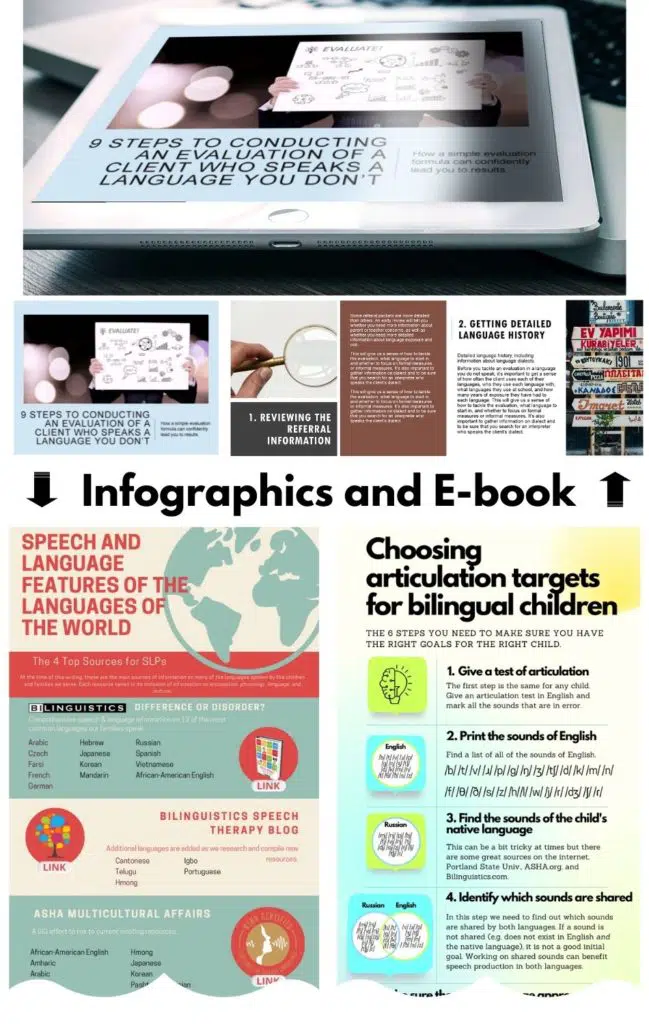






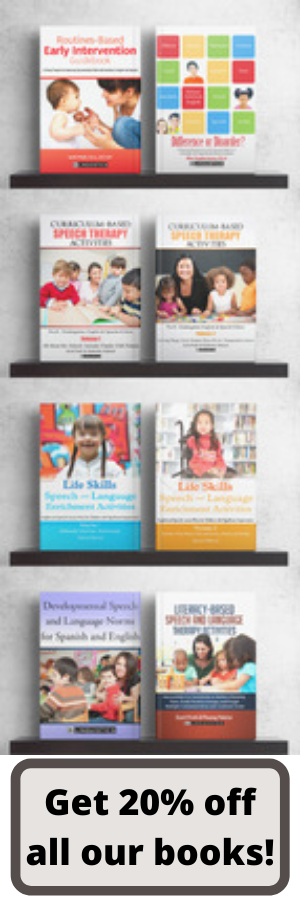
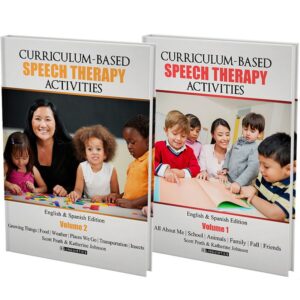
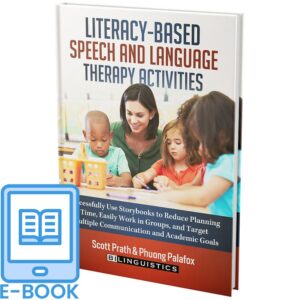
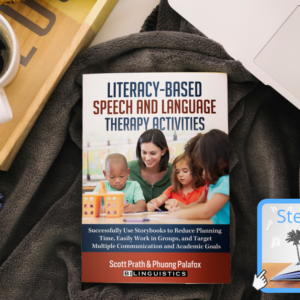
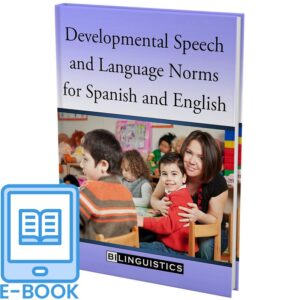
Gina Glover –
As a monolingual Speech-Language Pathologist, I often have to research languages that I need to assess or treat with an interpreter when there is no trained bilingual SLP available. This book has the phonemic systems, language patterns and cultural information all in one place for several languages we commonly encounter which will save me hours of research. I can’t tell you how much I appreciate having so much in one easy to read and easy to understand book. This will be a valuable tool for me as an SLP and I recommend it to other SLPs, especially those who are monolingual like me. I particularly enjoyed the personal narrative or “Home Corner” as you call it where individuals share their personal experiences. Thank you Ellen and the Bilinguistics team!
Margarita Limon-Ordonez –
Your book, “Differences of Disorder? Understanding Speech and Language Patterns in Culturally and Linguistically Diverse Students,” is a phenomenal resource for the novice clinician, as well as the seasoned clinician. Furthermore, it is a valuable resource for monolingual and bilingual clinicians. It’s a great addition to any professional working with culturally linguistically diverse populations. It definitely provides resources to monolingual and bilingual assessors with an avenue to assist in the differentiation of linguistic differences versus disordered behaviors in order to decrease the possibility of a misdiagnosis of a language impairment secondary to characteristics associated with second language learning behaviors. The information offered can be used in a variety of settings, but as a school based clinician, I can see the impact this resource will have assisting other school-based clinicians addressing over identification of minority students due to cultural linguistic differences. The organization of the information is easy to follow and readily accessible. I enjoyed the personal accounts of the various individuals from 12 different languages and cultures. I encourage my fellow SLPs to obtain a copy of the incredible resource. I know that I am going to strongly recommend this to my graduate students. As with all the products that Bilinguistics provides to SLPs, the quality and content of this product is of the highest caliber supported by current research. I want to thank you and the team at Bilinguistics for developing this resource for us, your fellow SLPs.
Darla Marcear –
I work for a school district that serves a diverse student population, including a large number of refugees from Burma, Vietnam, Laos, Thailand and Somalia. One campus in particular, has a student body with over 20 different languages spoken. This has been a challenge for our speech-language pathology (SLP) evaluation team , and we have come to rely on the resources provided by Dr. Kester and her team at Bilinguistics. This book, in particular, conveniently organizes the features of various languages to aid the SLP in determining if there is a speech-language disorder present, versus a speech-language difference. In addition, the book provides a framework for making this same determination for any language an SLP may encounter when working with students/clients. I would highly recommend this book to any SLP who works with culturally diverse populations, to assist in the accurate assessment of speech-language disorders.
Keith Lebel –
Why you need Difference or Disorder: This singular resource provides all the key information any educator, health care provider, or speech pathologist needs in order to make sound decisions on behalf of children or patients from diverse language backgrounds. It is our duty to avoid the pitfalls of confounding language difference with language disorder and do right by our students and patients.
Who should get Difference or Disorder?: speech-language pathologists, speech-language assistants, speech therapists, English Language Learner teachers, English as a Second Language teachers, general education teachers, special education teachers, developmental specialists, neuropsychologists, school psychologists, school administrators, diagnosticians, early intervention providers, and researchers. Suffice to say you should have this information if you are responsible for making judgments IN ANY WAY (formally or informally, diagnostic, education, or therapeutic) about individuals from diverse language backgrounds.
How Difference or Disorder helps you: The information in the book was written by professionals who deal with the issue of difference or disorder every day in their work. At the beginning, it presents the framework for approaching difference versus disorder as well as cultural considerations. Each chapter then presents readily usable information about specific languages, following the same format for each one. The Venn diagrams and charts make the information very easy to process, refer to, and use educate to your colleagues. There are also anecdotes that keep you in touch with the human stories that are connected to this very real issue.
As a speech-language pathologist in the school setting, I use this resource not just for my own work, but in providing professional development and consultation to other educators, administrators, and even parents. Previously, I used the information in an outpatient setting as well to teach colleagues, parents, caregivers, and physicians about these issues. If you are involved in the care of patients or education of children from diverse backgrounds, you need this information. Keith R. Lebel, MA, CCC-SLP
MarMary Ruth Fernandez, PhD, CCC- SLP –
I received a copy of the Difference or Disorder text this morning. I thought, “…take the day off, the Bilinguistics group just saved you lots of searching and organizing time for this semester and many to come.” This text covers most of the popular languages used in the US, plus six others, including African American English. This text covers critical aspects of cross linguistic comparisons including phonological, morphological and syntactic aspects. The text includes developmental notes, cultural frameworks and notes from a member of each linguistic group that make this tool increasingly useful and interesting to read. I plan to use this Differences or Disorders text to enrich both undergraduate and graduate courses and the clinical experiences for students in the CDIS graduate program at Our Lady of the Lake University. I will recommend that the name of this item be placed on key professional websites. Resources are of the highest priority to SLPs who serve multicultural populations.Thank you for this contribution. Well done. Kudos! Let’s all take a long lunch!
Donya S. –
We completed our playbased assessment today on the child who speaks Mandarin. I consulted the Difference or Disorder? book before the assessment and I found the info to be very helpful! This child was diagnosed with Autism and a Speech Impairment in the areas of Expressive, Receptive and Pragmatic Language. Based on what I read in the book, I didn’t hold him accountable for placement of his adjectives or use of articles. However, one issue noted was pronoun reversals and so I was able to know that in Mandarin he should be able to use correct pronouns.
Julie G. –
This is a fabulous resource, especially as our communities become more diverse. I consult it regularly to support SLPs conducting evaluations and also ESL classroom teachers who are serving students from a variety of language backgrounds on a daily basis. It’s also just fascinating to see the comparisons and differences between languages from around the world because at heart most of us are language nerds. The information is organized well and easily accessible.
Ellen Kester –
Thank you for your comments, Julie G! I am so happy to hear that you consult the Difference or Disorder book regularly to support your SLPs and teachers. I will proudly accept the title of Language Nerd, and I know my colleagues at Bilinguistics are right there with me!
Jill Shook –
This book is a must-have for any SLP who works with bilingual clients! Easy to use, well-organized, and provides actionable information. I especially like how the chapters are divided into user-friendly sections and provide background information about each language.
Scott Prath –
Hi Jill, Glad you like it. Yes, it something we use every day when we are doing evals or get a new kid that speaks another language at home. Thanks for the comment.
Scott
KM –
This is definitely one of my most used resources. It provides information in an easy to use format and has saved me a lot of time when assessing culturally and linguistically diverse students. It has helped me determine if the student truly has a language/speech disorder and conveys the information in a way that is easy to share with other professionals and parents. I am looking forward to the next edition and will definitely be adding it to my resources!
Ellen Kester –
Thanks for the kind words, Kathryn. I am glad to hear that Difference or Disorder saves you a lot of time and is easy to use! Those were our goals!
Stephanie Vackicev –
Two years ago I attended a Bilinguistics continuing education course within my school district. Since then I have done a number of successful, and much more thorough, bilingual evaluations of spanish speaking students. Currently, I am seeking out assistance in best evaluation practices for bilingual student who speaks Gujarati and the amazing group at Bilinguistics has graciously offered to help. I highly recommend the course and book.
Scott Prath –
Hi Stephanie,
Glad you are making such a big difference. One professional at a time. One language at a time. We can serve diverse children REALLY well and your motivation and confidence is proof. I love the Gujarati word “babuchak” (maybe spelled wrong) which means silly.
Shelah Maul –
I work in a public school system in the U.S. that is seeing an influx of diverse populations. So far this school year, I have utilized this resource to determine whether language weaknesses are related to a language difference or impairment when students have influences of the following languages: Amharic, Spanish, & French. The information provided in this resource is EXCELLENT in helping me understand how these primary languages may be influencing English language development. I used to dread bilingual assessments, but now find myself enjoying the process because I finally have the tools to confidently make accurate & informed diagnosis.
Ellen Kester –
Hi Shelah,
Thank you so much for sharing your kind words. I can’t tell you how happy it makes me to hear that you have gone from dreading bilingual assessments to enjoying them and feeling confident that you can make accurate decisions. That’s absolutely our goal!!
Best,
Ellen
Lisa Neal –
The Difference or Disorder book is front and center on my desk because I find myself referring it to it almost daily (sometimes multiple times a day). I have used it for the many languages detailed in the book, but most recently I have spent a lot of time in Chapter 16 which provides Quick Tips for Assessing in Any Language. It has empowered me to help myself and others when working to determine if students in my school district have a difference or a disorder. I also appreciate the list of references provided for each language. Thanks Bilinguistics for this very valuable resource.
Scott Prath –
Hi Lisa,
Thank you for your valuable feedback! Comments like your motivates us to keep working in this direction.
Scott
Ellen Kester –
Lisa, Reading comments like yours is what keeps us doing what we do! Thank you for your kind words and we are to glad to hear that our work is making a difference for students from linguistically diverse backgrounds!